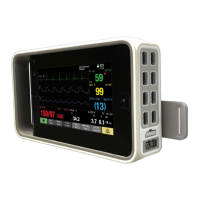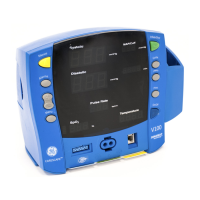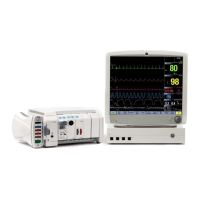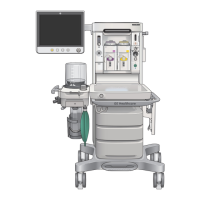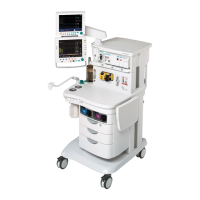Cardiacoutput
●Thetechniqueusedinperformingacardiacoutput.
●Temperatureoftheinjectatesolution.
●Volumeoftheinjectatesolution.
●Patient’sbaselinebloodtemperature.
●Patient’sinspiratory/expiratorycycle.
●Placementofcatheterwithrelationtoproximityoflungeld.
●Thepulmonaryarterycatheteritself.
●Thepatient’srhythmandhemodynamicstatus.
●AnyotherrapidIVsolutionswhichareinfusedwhilethecardiacoutputisbeing
performed.
Thefollowingaresuggestionsabouttechniquethatcanhelpobtainaccuratecardiac
output:
●Alwaysholdthesyringebytheplunger,notthebarrel.
●Injectsolutionrapidlyandsmoothly.
●Injectwithinfourtoveseconds.
●Injectatendexpiration.
●Whennotusinganautomaticprogram,waitoneminutebetweeninjectionsto
allowbaselinetostabilize.
●Thetemperatureoftheinjectateshouldalwaysbecolderthanbloodtemperature.
Keepthehandlingandwaitingtimewithalledsyringebeforeinjectionasshortas
possible.WarminjectatemayleadtoerroneousC.O.values.
●Theprobecanbeabathprobecontinuouslymeasuringthecoolingbath
temperatureortheinfusionbagtemperature.Alternatively,aow-throughprobeis
usedforaclosedinjectatedelivery.Withanin-linesystem,thedisplayedinjectate
temperatureisthelowesttemperaturemeasuredduringinjection.
C.O.troubleshooting
ProblemSolution
C.O.measurementfails?Theamountofinjectateistoosmallortheinjectate
istoowarm.
●Injectsmoothlyandwithin4to5seconds.
WhatiftheC.O.valueislowerthanexpected?Cardiacoutputmustbecomputedwithin20
seconds.Decreasingthevolumeandincreasing
thetemperaturewillgiveyouasmallerdifferential
changeandshouldincreasethechanceofcomputing
acardiacoutputwithinthe20-secondperiod.
●Decreasethevolumeinjected.
●Increasethetemperatureoftheinjectate.
270CARESCAPEModularMonitors2062971-001
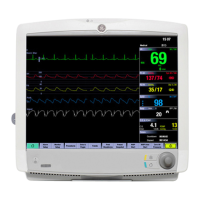
